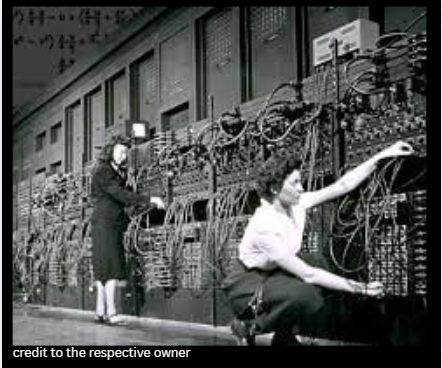In the shadow of World War II, six women—Betty Holberton, Jean Bartik, Kay McNulty, Ruth Teitelbaum, Marlyn Meltzer, and Frances Spence—were quietly making history. Chosen in the 1940s to program ENIAC, the world’s first general-purpose electronic computer, they ventured into uncharted territory without guides, manuals, or coding languages—armed only with logic, blueprints, and determination.
They weren’t just following instructions—they were creating them. Every wire, calculation, and punch card was a bold step forward in a field no one had yet defined. Their innovations laid the foundation for the language of modern computing.
Yet when ENIAC was publicly unveiled in 1946, these women were missing from the spotlight. The engineers received the applause, not the programmers. Their brilliance stayed hidden—behind blinking lights and forgotten files.
Decades later, in the 1980s, computer scientist Kathy Kleiman uncovered their overlooked legacy. Her research reshaped history’s margins and restored these women to their rightful place in the story of technology.
Their story isn’t just about code—it’s about courage, clarity, and quiet revolution. These six women didn’t just run the ENIAC—they redefined what it meant to be pioneers in computing. Their impact lives on in every algorithm, every app, every click.
